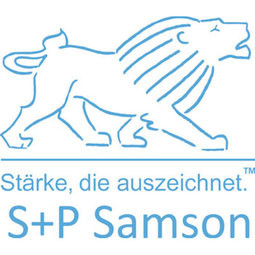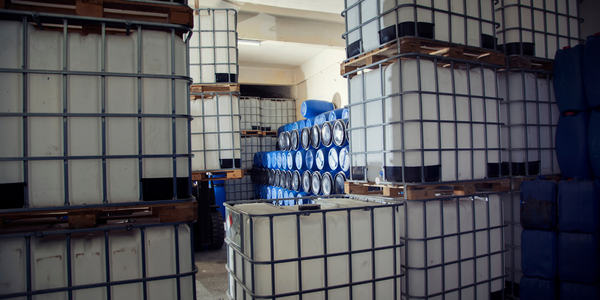S+P Samson
Case Studies
New GHS Regulations Require New Identification Concepts
Overview
 |
New GHS Regulations Require New Identification ConceptsS+P Samson |

|
Chemicals | |
Logistics & Transportation | |
Operational Impact
| [Efficiency Improvement - Compliance] Globally Harmonized System) | |
Quantitative Benefit
Around 400,000 labels are now processed each year in Hildesheim alone. | |


